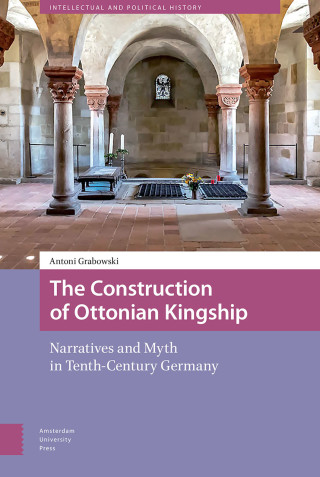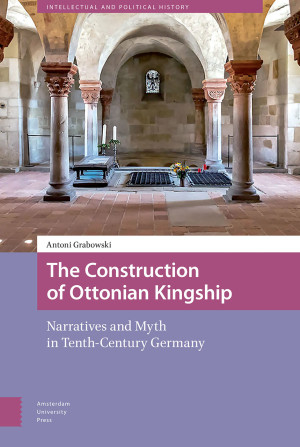Acknowledgements
Note on Citations
Introduction
Part I, Making of a King
Chapter 1, Henry I at Fritzlar 919, A Beginning of a New Dynasty
Chapter 2, Otto I at Aachen 936, A Successor — Continuator
Part II, King and his Kingdom
Chapter 3, How Henry I Subjugated the Kingdom without Bloodshed
Chapter 4, Otto I and Rebellion of 937-939
Part III, War Against Heathens as a Road to Empire
Chapter 5, How Hungarians were Defeated by the Ottonians
Chapter 6, The Holy Lance, a Symbol of Empire
Conclusions
List of Abbreviations
Bibliography

